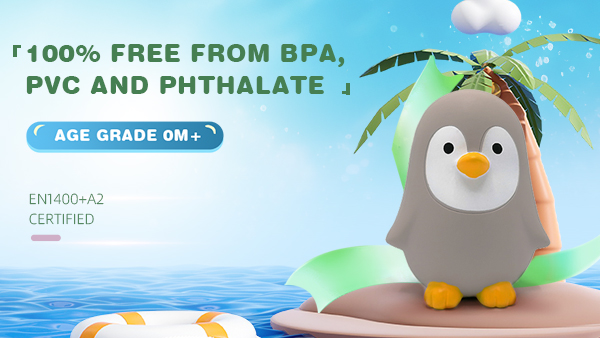Structural Formula of baby Natural Rubber

Physical properties of natural rubber:
Generally, it is a flake solid with a relative density of 0.94, refractive index of 1.522, and elastic film content of 2 ~ 4MPa. It softenes at 130 ~ 140℃, becomes sticky at 150 ~ 160℃, and begins to degrade at 200℃. High elasticity at room temperature, slightly plastic, crystallization hardening at low temperature. Good alkali resistance, but not strong acid resistance. Insoluble in water, low ketones and alcohols, in non-polar solvents such as trichloromethane, carbon tetrachloride can swell.
Extended information:
Composition of natural rubber:
There are about 2,000 different plants in the world that produce polymers that resemble natural rubber, and different kinds of rubber have been obtained from 500 of them, but the real practical value is the Brazilian rubber tree. When the surface of a rubber tree is cut, the milk ducts in the bark are cut and the latex flows out of the tree.
The latex collected from the rubber tree is diluted and solidified with acid, washed, and then pressed, dried and packed to produce natural rubber on the market. According to different gumming methods, natural rubber can be made into smoke sheet, air dried film, crepe sheet, technical classification dry glue and concentrated latex, etc.
Standard rubber refers to rubber graded according to mechanical impurities, plastic retention rate, plastic initial value, nitrogen content, volatile content, ash content, color index and other physical and chemical properties. Standard rubber packaging is also relatively advanced, generally with polyethylene film packaging, and there is a bright logo, the weight of the package is small, easy to move. The packing weight in Malaysia is 33.3kg, while 40kg is stipulated in China.
The classification of standard rubber is more scientific, so this classification method is soon accepted by the main natural rubber producing countries and international standardization bodies, and has developed the classification standard of standard rubber. These criteria are roughly the same, but not entirely consistent. For example, ISO2000 is divided into five levels, our standard GB8081-87, the regulation has four levels.
